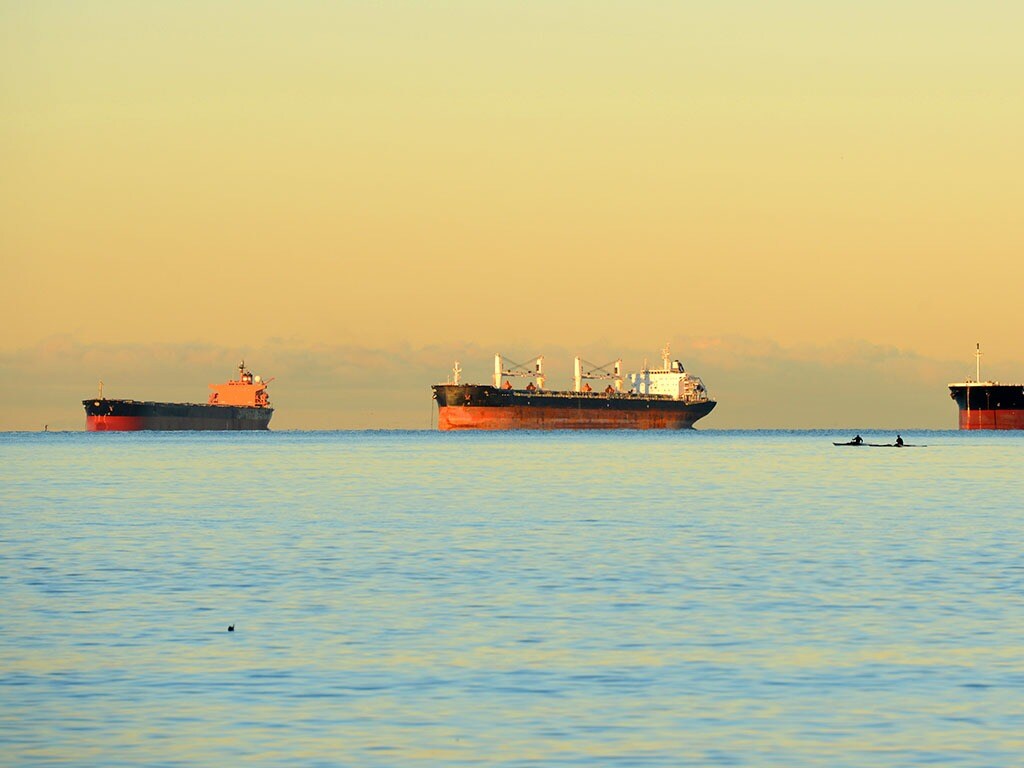Macro: It’s all about elections and keeping status quo
Markets are driven by election optimism, overshadowing growing debt and liquidity concerns. The 2024 elections loom large, but economic fundamentals and debt issues warrant cautious investment.

Head of Commodity Strategy
The Bloomberg Commodity Index traded lower for a third consecutive week with major commodities such as crude oil, gold, and copper stuck within relatively narrow ranges. Market jitters ahead of a near-certain sixth US rate hike (in this current cycle) on March 21, together with multiple geopolitical risks and political uncertainty in Washington, have sapped investor demand. News that Trump had replaced Secretary of State Rex Tillerson with CIA director Pompeo could land the Iran nuclear deal in trouble while also emboldening the US' hard-line stance on trade.
The perception of the US moving in a protectionist direction has raised the risks of trade wars beyond steel, aluminium, and washing machines. Ultimately, the loser of such a development would be global growth, and with that demand for growth-dependent commodities such as energy and industrial metals.
Gold traded within a relatively tight range with the metal being stuck between rate hike focus and increased geopolitical uncertainty. One measure of geopolitical risks, meanwhile, has risen to the highest level since the 2003 Iraqi invasion. All industrial metals, led by aluminium, traded lower as stocks in warehouses monitored by the Shanghai Futures Exchange rose to a record. Chinese spring demand has yet to pick up while a trade war could further dampen the outlook.

The agriculture sector traded lower for a second week with profit-taking hitting earlier high-flyers such as wheat, soybean meal, and cotton. In the grain sector the battle between ample stocks and unfavorable weather continues to play out. Severe dryness during the past couple of months, both in Argentina and the central US plains helped trigger strong buying which is now fading due to forecasts for rain.
This has left the prices vulnerable after hedge funds during a six-week buying spree up until March 6 went from holding a combined record short in corn, wheat and soybeans of 473,000 lots to a net-long of 315,000 lots.

Gold was on track to yield its tightest weekly trading range in percentage terms since 2012 and in dollar terms since 2007. On top of a very quiet week for the dollar, we saw Federal Open Market Committee rate hike jitters being offset by geopolitical uncertainty in the form of the Russia tensions and the continued US political uncertainty that sees Washington shifting further towards protectionism, something that ultimately could hurt global growth as the flow of goods shrink.
The FOMC will meet on March 21 and the probability of another rate hike is being priced at 100%. The five rate hikes seen so far in this current cycle all resulted in the same behaviour with gold selling off ahead of the move only to rally strongly once the announcement was made. All of these hikes were characterised as being "dovish hikes", hence the potential negative impact this time round should new Fed chair Jerome Powell strike a more hawkish note (something recent economic data do not warrant).
If the FOMC fails to deliver a hawkish hike, gold is likely to find a bid with the focus returning to safe haven and diversification demand.
Gold markets seeing one of the tightest trading ranges in six years while the geopolitical risk index sits at a 15-year high is unlikely to continue. The Caldara and Lacoviello GPR index counts the number of articles in 11 national and international newspapers related to geopolitical risk in each newspaper for each month as a share of the total number of news articles.


Just like gold and copper, crude oil has also increasingly been struggling to break out of its established range. The market has become stuck with rising US production and softer term premiums being offset by a strong demand outlook and the risk of supply disruptions with particular focus on Venezuela and Iran.
Monthly oil reports from Opec, the IEA, and the EIA all saw non-Opec supply exceed demand growth this year. While highlighting the risk to global demand from a trade war, the IEA also highlighted the risk of a further deterioration in the outlook for Venezuelan production which is already at a multi-decade low.
The risk of the US walking away from the Iran nuclear deal this May rose following the news that Trump had sacked Secretary of State Rex Tillerson. His replacement, CIA director Pompeo, is a known hawk on Iran, Venezuela, and North Korea and therefore holds views aligned with those of President Trump.
The market's response to this news, however, was quite muted on speculation that a reduction in Iranian exports could lead to the Opec-plus group abandoning its agreement to curb production by 1.8 million barrels/day. Russia would be happy to step away from the deal if given the opportunity while Saudi Arabia is likely to seize the opportunity to regain market share by cranking up its own production to meet a potential shortfall.
The biggest short-term risk to supply, however, remains Venezuela where production has fallen to a multi-decade low. Additional US sanctions would further hurt its ability to produce as it is already struggling under crushing debt, crumbling infrastructure, labour unrest, and spiraling inflation.

Crude oil has settled into a narrowing range which indicates a breakout is getting close. However, a near-record hedge fund long is likely to limit the upside for now unless a clear threat to supplies emerge. The downside, on the other hand, is also likely to be limited as long these disruption risks persist. A break below the February lows in $57.60/b (WTI) and $61.75/b (Brent) could force additional long liquidation.
